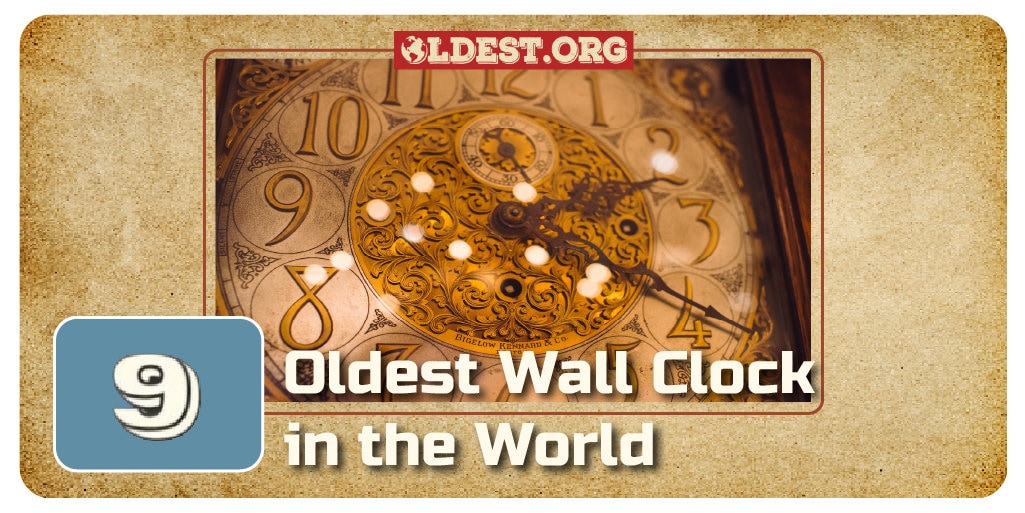Throughout history, timekeeping has been essential to human society, and the development of clocks has played a pivotal role in our ability to measure and manage time. Wall clocks, in particular, have been central to this endeavor, serving as both functional timepieces and beautiful works of art.
Join us as we delve into the fascinating world of the 9 oldest wall clocks, each with its own unique history and significance.
9. Munster Cathedral Clock
Year: 1540
Country: Germany
Location: Munster Cathedral, Germany
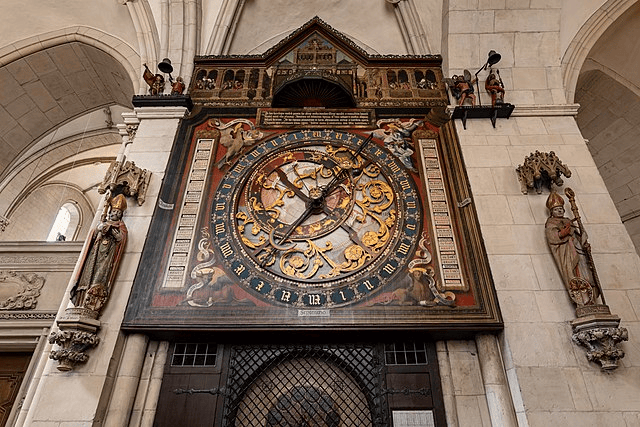
The Munster Cathedral Clock is an impressive example of Renaissance clockmaking and is renowned for its accuracy.
It features a complex astronomical dial that tracks the positions of the sun, moon, and stars.
Did You Know?
The clock’s mechanism was created by Nicholas Schyrer, a clockmaker from the city of Strasbourg, in 1540.
The clock is housed in the south tower of the Munster Cathedral and is known for its intricate design and craftsmanship.
8. Hampton Court Clock
Year: 1540
Country: England
Location: Hampton Court Palace, England
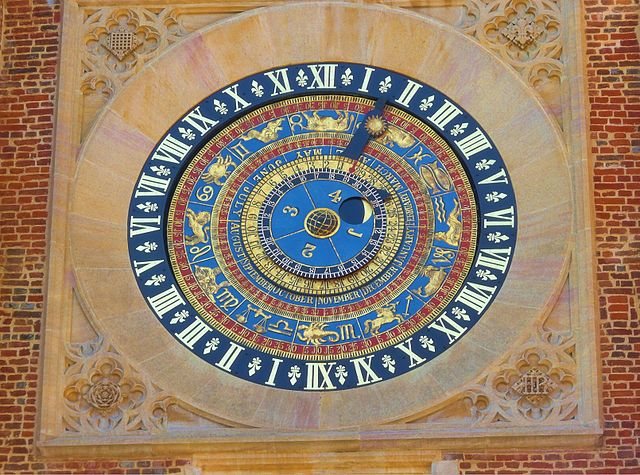
The clock at Hampton Court Palace was installed by the famous clockmaker Nicholas Oursian and still functions with its original mechanism.
It is known for its striking design and was a significant innovation in clockmaking during the Tudor period.
Did You Know?
The clock at Hampton Court Palace is housed in the Clock Court and is famous for its astronomical dial, which shows the time, month, phase of the moon, and zodiac signs.
The clock’s mechanism is powered by weights and is maintained by a team of expert clockmakers.
7. St. Mary’s Church Clock
Year: 1472
Country: Poland
Location: St. Mary’s Basilica, Krakow, Poland
The St. Mary’s Church Clock is one of the oldest clocks in Poland and is renowned for its intricate design.
It features an astronomical dial with a clock face and still operates today.
Did You Know?
The clock’s mechanism was created by clockmaker Hans Duringer in 1472 and is still in working order.
6. Lund Cathedral Clock
Year: 1424
Country: Sweden
Location: Lund Cathedral, Sweden
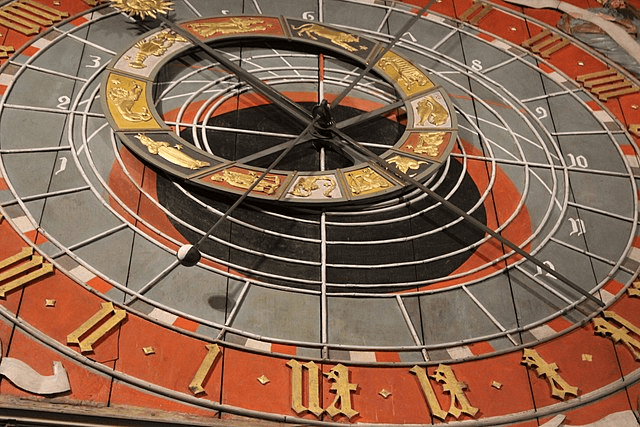
The Lund Cathedral Clock is one of the oldest clocks in Sweden and is noted for its medieval craftsmanship.
It features an astronomical dial and is still in operation, making it a popular attraction for visitors to Lund Cathedral.
Did You Know?
The clock’s mechanism was created by clockmaker Jorgen Alner in 1424 and is still in working order.
The clock’s dial features various astronomical details, including the stars’ positions and the moon’s phases.
5. Orloj Prague Astronomical Clock
Year: 1410
Country: Czech Republic
Location: Old Town Hall, Prague, Czech Republic
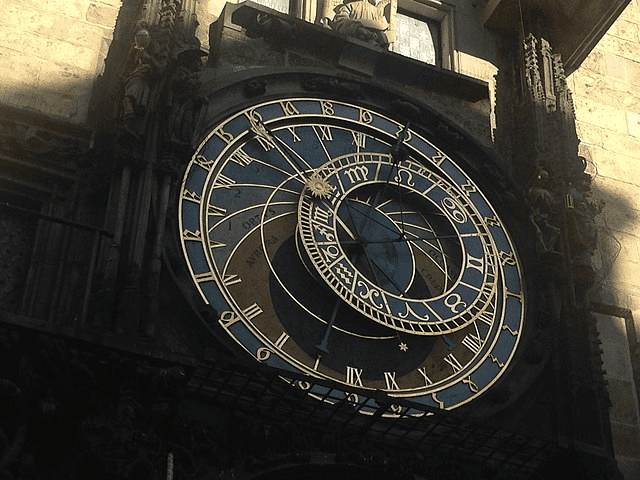
The Prague Astronomical Clock is one of the most famous medieval astronomical clocks and is still operational.
It features an hourly show of moving figures, including the Twelve Apostles and other allegorical figures.
Did You Know?
The clock’s astronomical dial represents the position of the Sun and Moon in the sky and shows various astronomical details.
The clock also features an hourly show called “The Walk of the Apostles,” where figures of the Apostles appear in the windows above the clock.
4. Wells Cathedral Clock
Year: 1390
Country: England
Location: Wells Cathedral, Wells, England
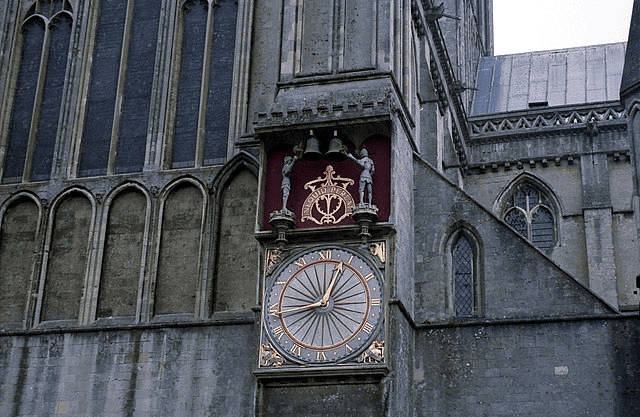
The Wells Cathedral Clock is one of the oldest surviving clocks in England and features an astronomical dial that shows the moon’s phases.
It is famous for its “jousting knights” that parade around the clock every quarter hour.
Did You Know?
The clock’s mechanism was made by an unknown clockmaker in 1390, and the dial was added in the 19th century.
The “jousting knights” were added to the clock in the 15th century and are believed to have been a later addition to the original clock.
3. Rouen Cathedral Clock
Year: 1389
Country: France
Location: Rouen Cathedral, France
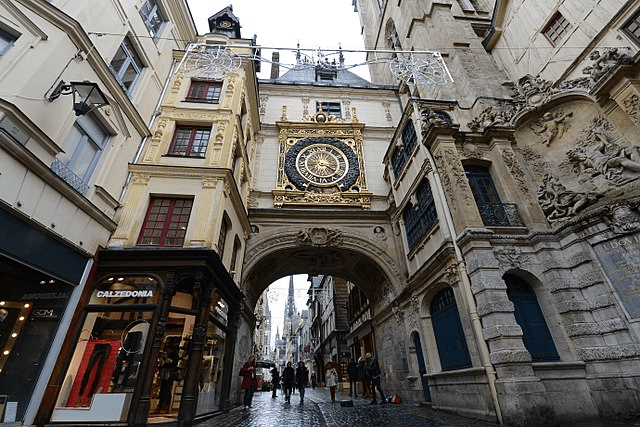
The Rouen Cathedral Clock is one of the oldest surviving clocks in France and is renowned for its intricate design.
It features an astronomical dial displaying the time, date, and astronomical phenomena.
Did You Know?
The clock’s mechanism was created by clockmaker Jean de Felain between 1389 and 1392.
The clock’s dial is located on the north side of the Rouen Cathedral and is known for its artistic and astronomical details.
2. Salisbury Cathedral Clock
Year: 1386
Country: England
Location: Salisbury Cathedral, Salisbury, England
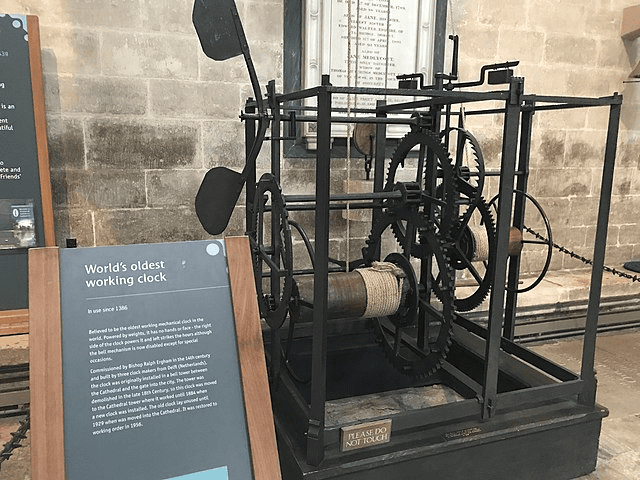
The Salisbury Cathedral Clock is considered one of the oldest working clocks in the world, with its original mechanism still in operation.
It has no face and strikes the hours, making it more of a striking clock than a timekeeper in the modern sense.
Did You Know?
The clock’s mechanism is believed to be the work of clockmakers William of Colchester and Johannes of Ticineto, who created it between 1386 and 1387.
The clock’s mechanism is located in a room above the cathedral’s choir and is powered by weights.
1. Padua Astronomical Clock
Year: 1344
Country: Italy
Location: Padua, Italy
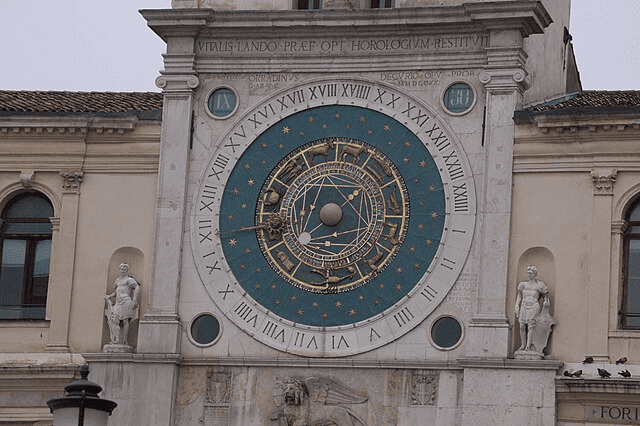
The Padua Astronomical Clock is one of the oldest astronomical clocks in the world and is noted for its early use of complex mechanisms.
It features an astronomical dial with multiple hands and is a testament to medieval Italy’s advanced knowledge of clockmaking.
Did You Know?
The clock’s mechanism was created by clockmaker Jacopo Dondi in 1344 and is one of the earliest examples of a clock with a sophisticated astronomical dial.
The clock’s dial features various astronomical details, including the stars’ positions and the moon’s phases.
Conclusion
These 9 oldest wall clocks offer a fascinating glimpse into the history of timekeeping and clockmaking. From their intricate designs to their advanced mechanisms, these clocks stand as testaments to human ingenuity and our timeless fascination with measuring time.
As these clocks continue to tick away the hours, they remind us of the enduring legacy of our ancestors’ quest to capture and understand time.


